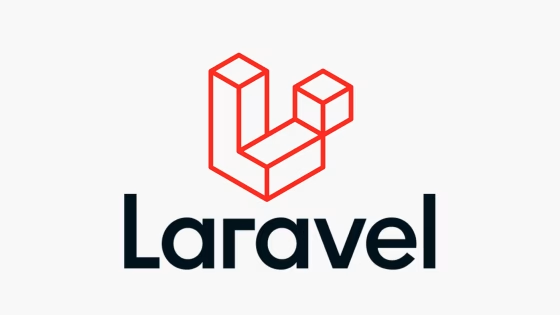Laravel is a powerful and flexible PHP framework used for web development. Understanding its request lifecycle is crucial for effectively working with it. Here’s an overview of the request lifecycle in Laravel 11.
- Incoming Request
The lifecycle begins when a request is received by the application. The web server (Apache/Nginx) routes the request to the public/index.php file.
2. Bootstrap
The index.php file loads the Composer-generated autoload file and initializes the Laravel application by bootstrapping the framework. This includes loading the application’s configuration and environment settings.
$app = require_once __DIR__.'/../bootstrap/app.php'
4. Kernel Handling
The incoming request is sent to either the HTTP kernel or the console kernel using the handleRequest or handleCommand. For now, let’s just focus on the HTTP kernel, which is an instance of Illuminate\ Foundation\ Http\ Kernel.
$kernel = $app->make(Illuminate\Contracts\Http\Kernel::class);
$response = $kernel->handle(
$request = Illuminate\Http\Request::capture()
);
5. HTTP Middleware
The request travels through a stack of global middleware and route-specific middleware. This stack may include security, logging, session handling, and more.
6. Service Providers Registration
Laravel’s service providers are registered. Service providers are responsible for bootstrapping all the core services of the framework and any additional services provided by packages or the application itself.
6. Routing
The request is sent to the router for routing. The router determines which controller method or closure should handle the request based on the defined routes in routes/web.php or routes/api.php.
7. Controller
The appropriate controller method is called. The controller processes the request, interacts with the model if necessary, and prepares a response.
8. View Rendering
If the controller returns a view, Laravel’s view engine compiles the view using Blade templates and sends the rendered HTML back to the controller.
9. Response
The controller returns the response object to the HTTP kernel, which passes it back through the middleware stack.
10. Sending Response
Finally, the HTTP kernel sends the response back to the web server, which delivers it to the client.
$response->send();
$kernel->terminate($request, $response);






Leave a Reply